The solution came in the form of huge municipal buildings, constructed to house cooked-food centres with cavernous communal dining areas bordered by hole-in-the-wall spaces for vendors to operate out of, along with wet markets and other community-focused amenities.
These complexes continued to pop up throughout the remainder of the 20th century and beyond – more than 50 were built in the 1980s and ’90s alone – until almost every neighbourhood had one of its own.
The idea behind cooked-food centres was, and still is, to facilitate the sale of high-quality, low-priced food to the masses by offering vendors low rental rates the likes of which are hard to come by elsewhere.
‘Tears in their eyes’: diners rush to Tung Po Kitchen before it shuts down
‘Tears in their eyes’: diners rush to Tung Po Kitchen before it shuts down
And it is precisely because of this that cooked-food centres have, through the decades, come to hold a level of importance belied by the utilitarian spaces they occupy – as sanctuaries for restaurants that may otherwise succumb to Hong Kong’s notoriously high rents; spaces where underdogs can survive and thrive to become dearly held institutions in the neighbourhoods they serve.
Fittingly, the restaurant’s manager, Eve Tang Lai-ping, is from the neighbourhood, and was a regular customer growing up, long before she married into the family business.
“The first time my mother took me to the wet market for dinner, one of the waitresses introduced us to the boss of Gi Kee. I asked for his recommendation and he immediately cooked me deep-fried duck tongue with salt and pepper. It was very yummy.
“This was the first time I met my husband.”

It would seem that the way to Tang’s heart is through her stomach, but as vividly as she recalls the events that precipitated her entry into the restaurant industry, the 50-year-old doesn’t mince her words when describing the benefits of operating in a cooked-food centre as opposed to a regular restaurant space.
“Cooked-food centres are better. The rent is cheaper because, as you know, in Hong Kong the rent is very expensive,” she says.
Over the years, Gi Kee has earned a reputation for serving well-executed Cantonese dishes with an appetising price tag, and Tang – who considers herself and her family “Guangdong people” – says the food comes as second nature.
“It’s easy to manage and cook because we know what it is. If I were running a Japanese restaurant, I wouldn’t know what it is!”
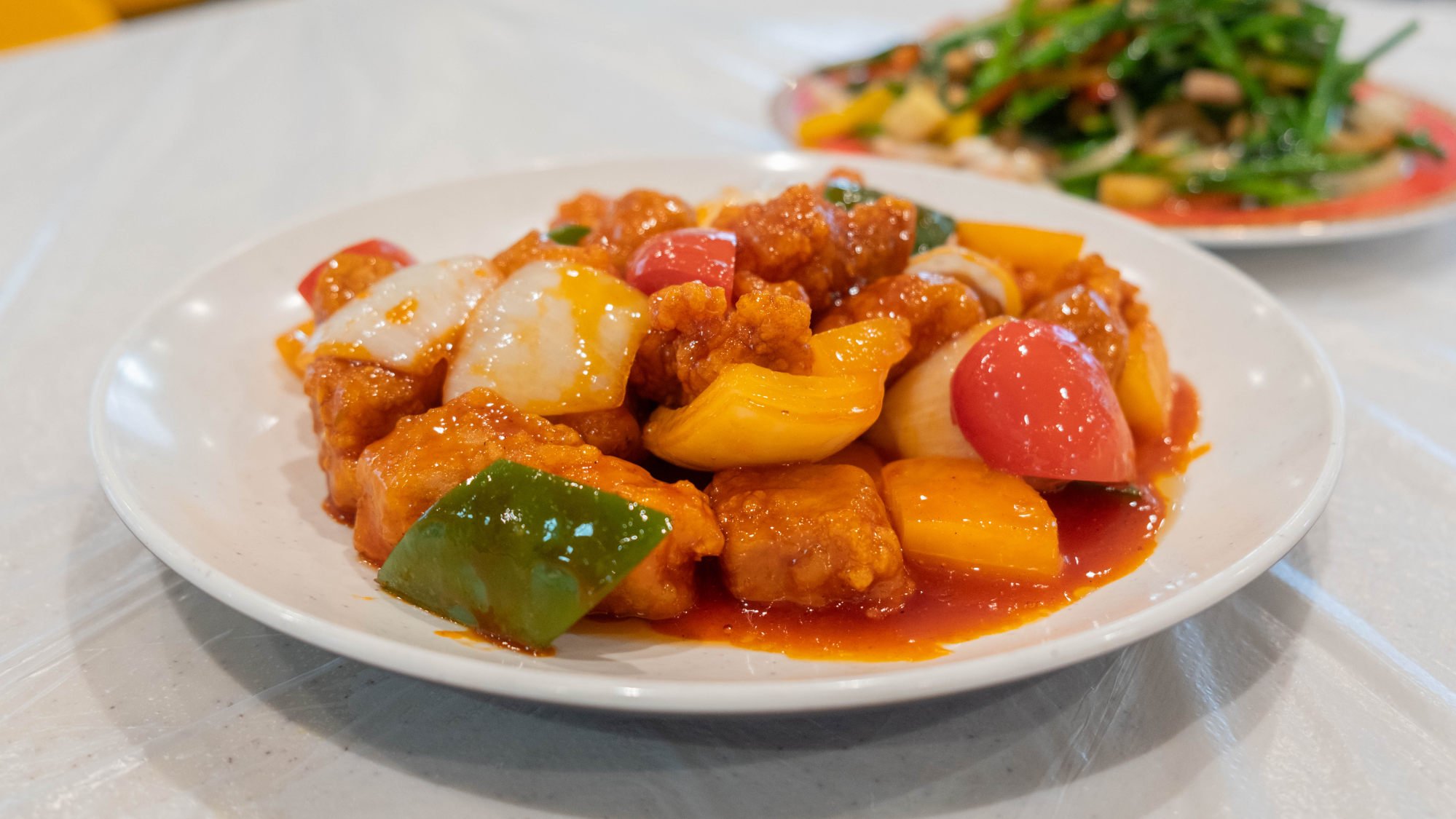
Popular dishes at Gi Kee include the “special” Guangdong siu chow (HK$98/US$12.50), or “small stir-fry”, with garlic and chives wok-fired with cashews, sliced pork, crispy white fish and squid.
As for Gi Kee’s signature dish, Tang reveals the “famous” crispy chicken with garlic (HK$280 for a whole; HK$140 for a half) is cooked for 12 hours, which would explain why it is fall-off-the-bone good. Ordering a day in advance is necessary, Tang says, to avoid disappointment.
Across town at the Queen Street Cooked Food Market, in Sheung Wan, ABC Kitchen is another stalwart at the heart of the community.
“For 14 years I’ve had a lot of regular guests, and I think they like it.”

Lau’s fiercely unique restaurant, which he opened in 2009 to serve “fine-dining European cuisine in a government food court”, shows how, far from just enabling restaurants serving local cuisine to flourish, cooked-food centres provide fertile ground for left-field concepts to grow in a city where they often struggle to get off the ground.
The 57-year-old, who has a penchant for floral shirts and perching next to customers for a chat – often with a glass of wine in hand when he’s off duty – honed his skills at legendary local high-end restaurant M at the Fringe, which closed a few months after ABC opened.

Ambitious and eccentric in equal measure, Lau saw the writing on the wall, and an opportunity to strike out on his own.
“I’m a dreamer, and I really wanted to open my own business,” he says. “We needed a big space. If the restaurant was too small, if the seating was only for 20 to 30 people, it wouldn’t have been good enough […] We were lucky to be able to open this place.”

Like Gi Kee, ABC Kitchen has garnered a loyal customer base over the years through competitively priced specialities, such as duck confit with orange and beet salad (HK$228) and suckling pig (HK$218), in which the crackling is as crispy as the meat is tender.

“If you pay this price at most restaurants on the street, of course it’s duck [liver], not [more premium] goose. But here it’s goose. On the street this would be HK$900,” says Lau.
He goes on to point out that high rents mean that at regular restaurants, “all the money goes to the landlord. But here I can put all the money on the food, so the value is better”.
Of course, Gi Kee and ABC Kitchen aren’t the only cooked-food centre restaurants that stand out in their respective neighbourhoods.
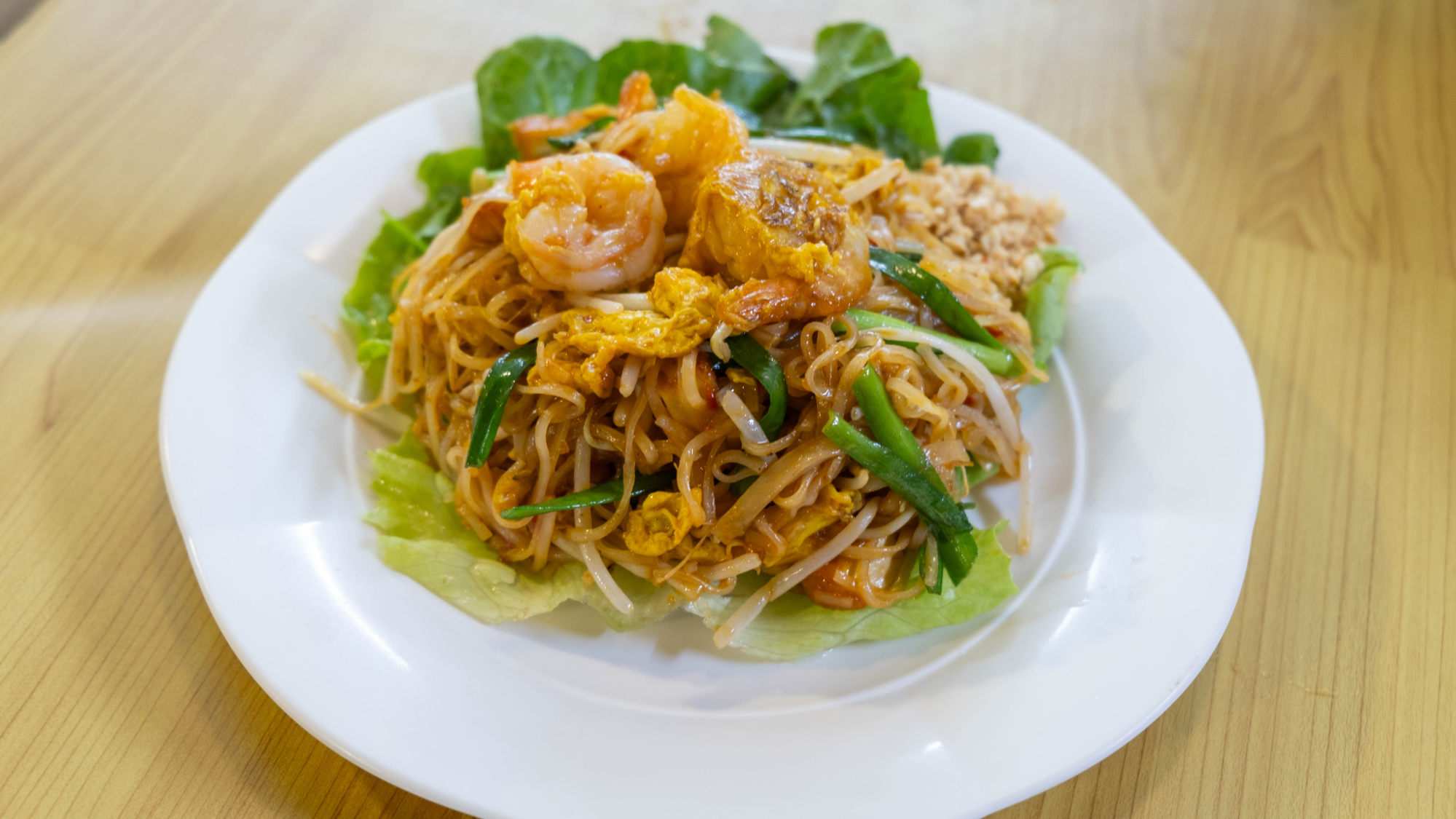
Wai Kee, at the Bowrington Road Cooked Food Centre, on the border of Causeway Bay and Wan Chai, is another. Opened in 1979 by a Chinese Muslim, it serves the local Islamic community and beyond halal dishes such as its headliner curry mutton and rice (HK$56).
And it would be remiss to not mention the Tai Po Hui Cooked Food Centre, which serves the New Territories town excellently, with 40 stalls where everything from delectable Shanghai noodles served with deep-fried chicken wings and pork cutlets (HK$46 at Tung Kee Shanghai Noodles) to Thai steamed fish in sour sauce (HK$165 at Golden Thai Delicious) to dim sum (Lam Kee Dim Sum) and desserts (Sweet Bon Bon) can be found on the cheap – for those willing to brave the near-perpetual crowds.
Hong Kong has so many universities, and all the young people have a good education. Who wants to work in food and beverage? Especially in a food court?
But as much as cooked-food centre restaurants can anchor communities, for some the future is uncertain.
Add to this the fact that Happy Valley isn’t well served by Hong Kong’s MTR network and running her family’s business can be “very hard”.
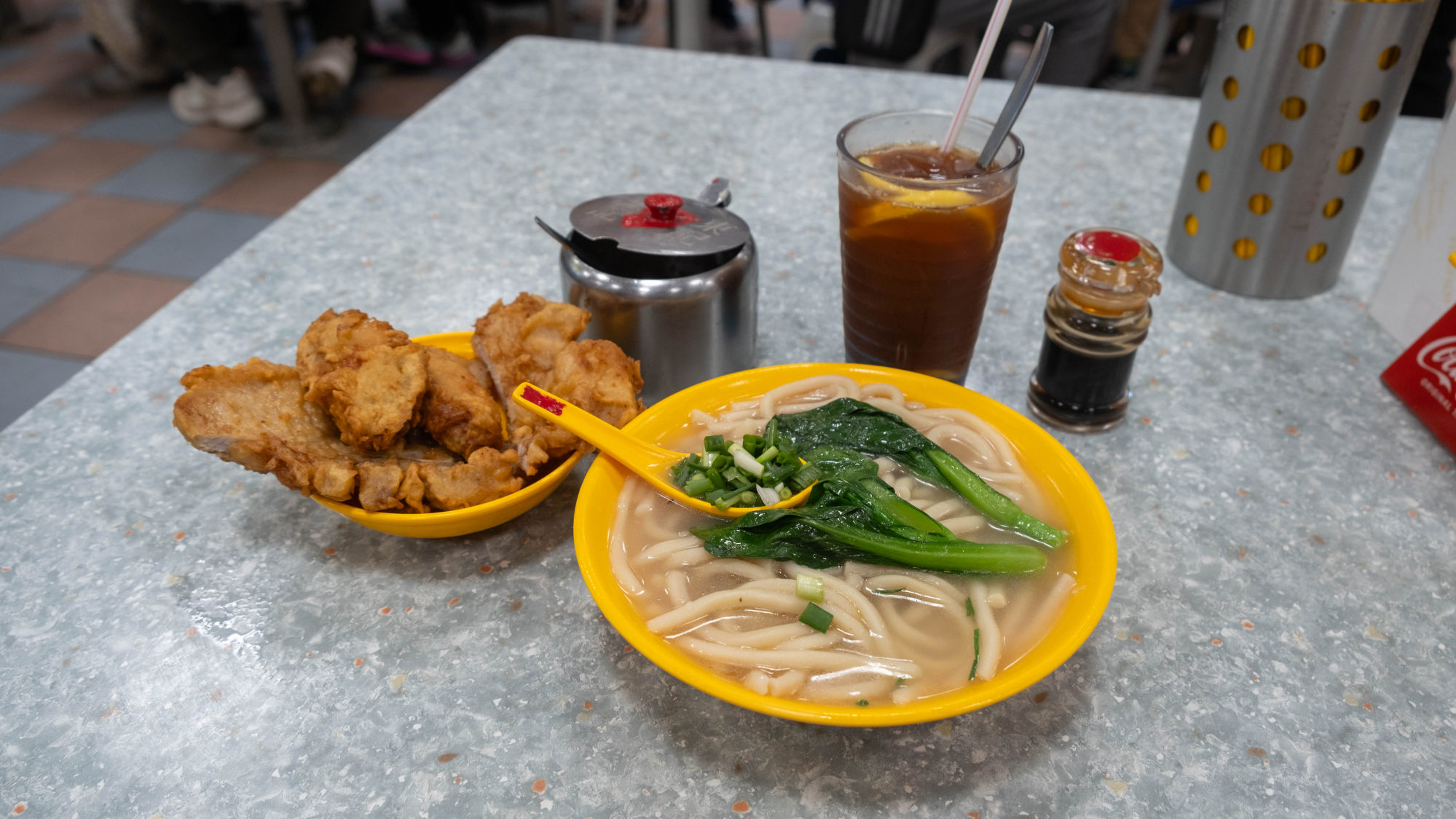
“You have to provide a good service for the customer. I try to remember the name of the customer, so I’ll say ‘Hi, Mrs Chan!’ and try to remember the kind of food they want […] so the customer will feel happy.”
As well as keeping its prices competitive and service tailored, Gi Kee eschews the gratuity and tea fees that are charged at many restaurants around Hong Kong. “Here you just pay for what you eat,” says Tang.
Another challenge is attracting new staff.
“If young people want to work as a waiter or waitress, they’ll choose a hotel or one of the big restaurants. They don’t like to work in cooked-food centres because they’re not seen as good places.”
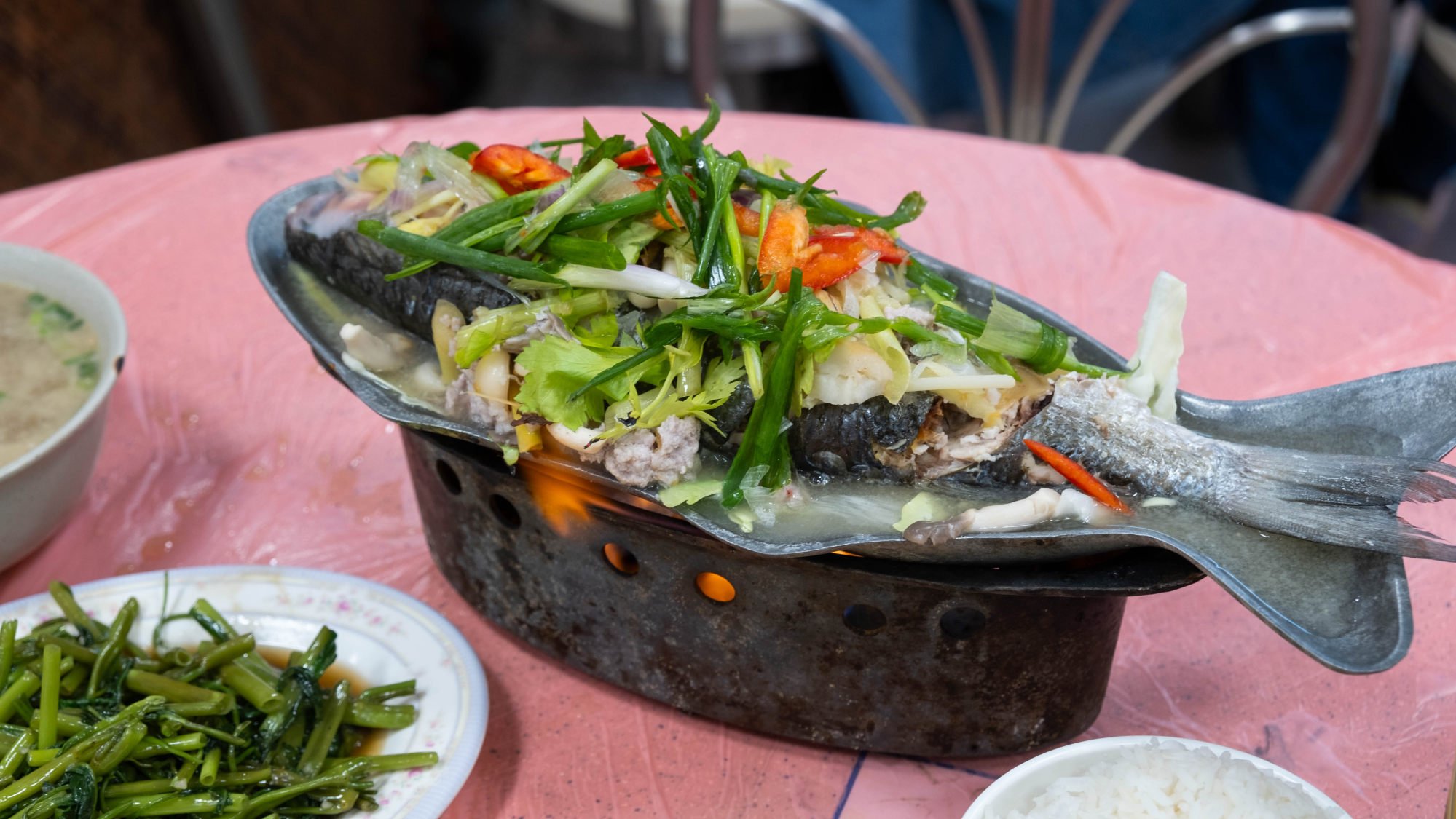
Lau at ABC Kitchen echoes this sentiment: “No young people want to work in the food market,” he says. “Hong Kong has so many universities, and all the young people have a good education. Who wants to work in food and beverage? Especially in a food court?”
But there’s an even more pressing problem for Lau that highlights a wider issue for cooked-food centre restaurateurs. On January 31, the Queen Street Cooked Food Market, where ABC Kitchen is located, closed for six months of renovations.
Lau says that the only monetary support being offered to him and the other vendors is “at least two months of free rent after the renovation”, which seems scant considering the length of the disruption to business.
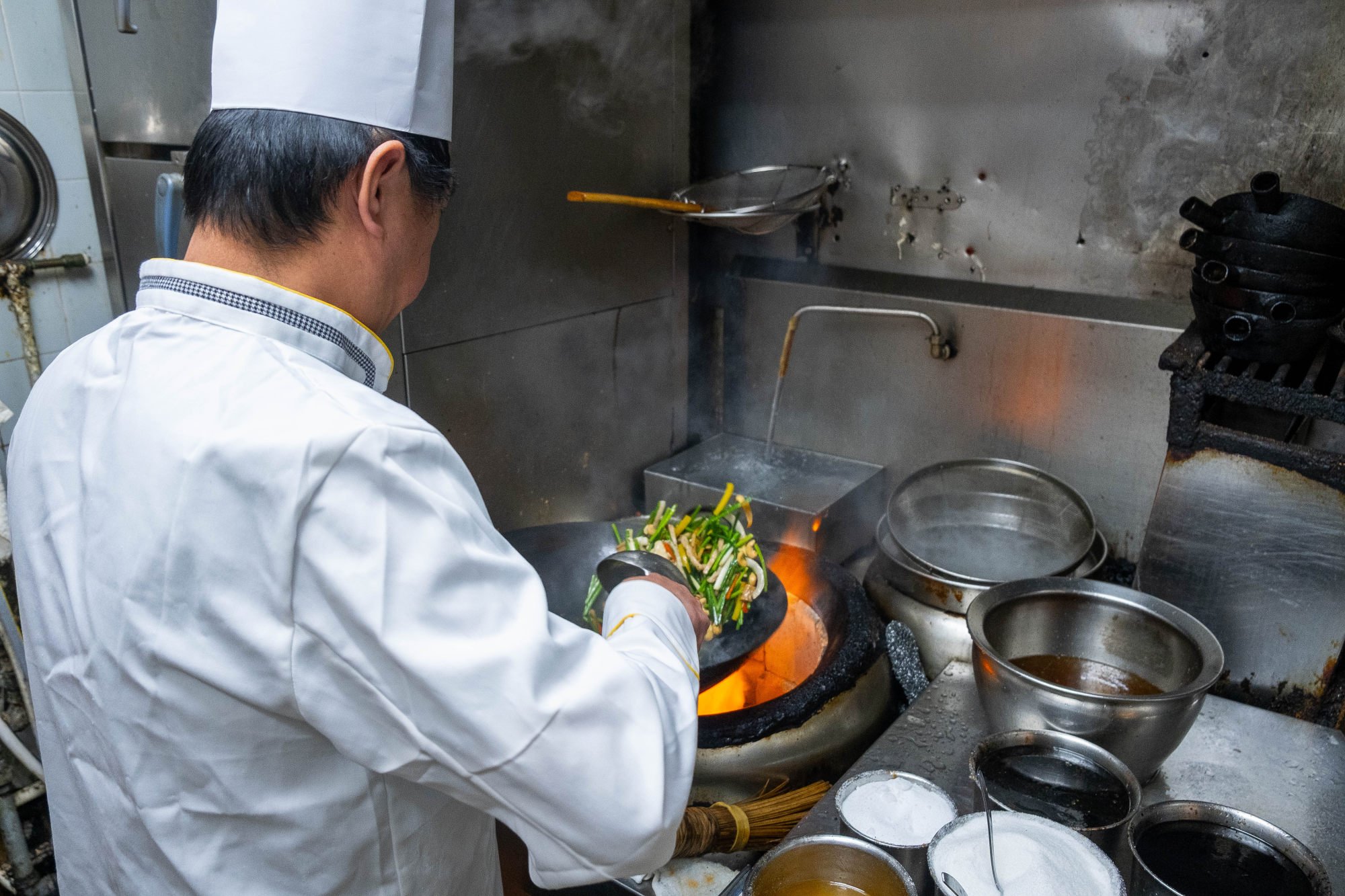
Furthermore, according to Lau, he and the other vendors had no say in the matter, which may suggest that the price to pay for the benefits of operating in a cooked-food centre is reduced control over one’s destiny.
He worries that any additional losses in revenue in the event of delays in the project may threaten the future of his restaurant.
“I pray every day,” he says. “I can’t sleep because this is my only way to survive. To open a new ABC on the street wouldn’t work, because our gimmick is Western cuisine in a government food court. If we open a normal restaurant on the street, it’s a normal restaurant, not ABC any more.”
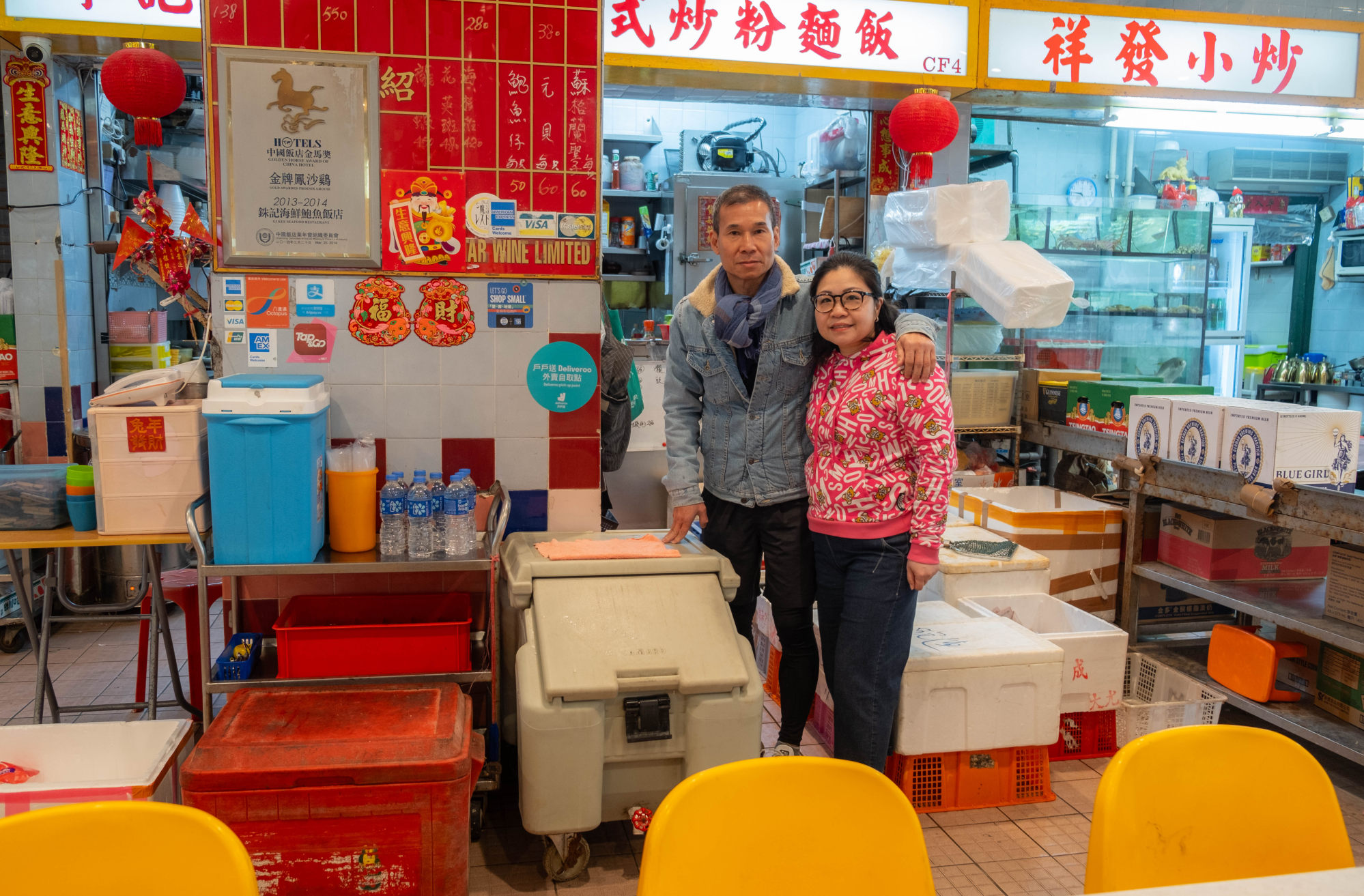
This isn’t the first time in recent history a popular Hong Kong cooked-food centre restaurant has seemed powerless against the machine of local bureaucracy.
Critics were quick to point out not only the threat to jobs and a local culinary icon that the closure posed, but also that the violation committed – illegally subletting space – is common among restaurants and goes largely unpunished.
Such treatment at the hands of the government certainly isn’t helping the plight of cooked-food centre vendors, and it would be a sad loss if ABC Kitchen and others feeding their local neighbourhoods or experimenting with fresh ideas – or both – were to roll down their shutters for good.
This is why, perhaps now more than ever, we must love them or risk losing them.






